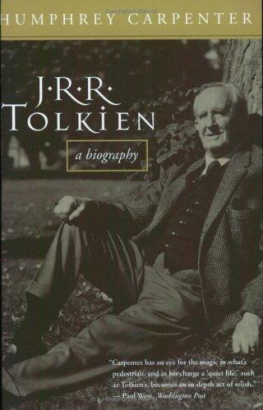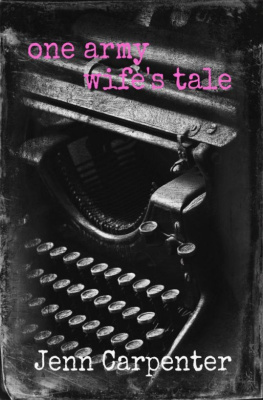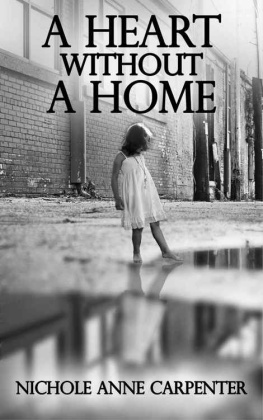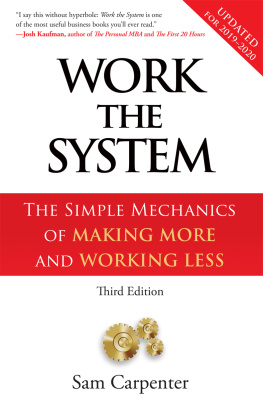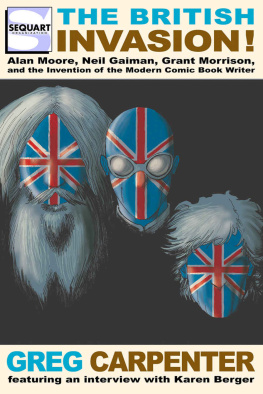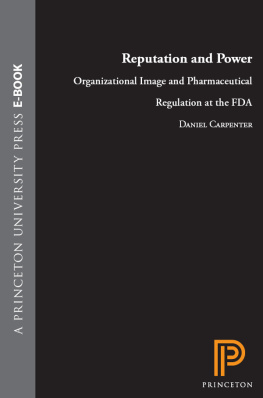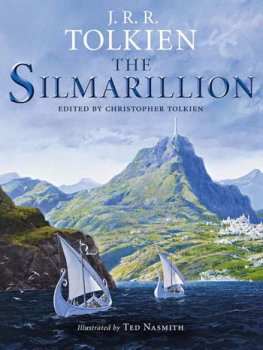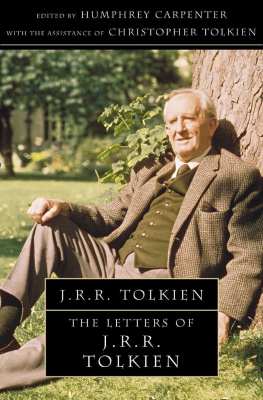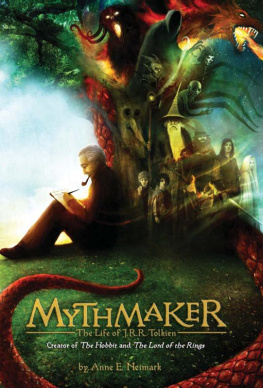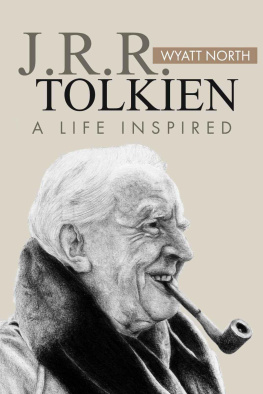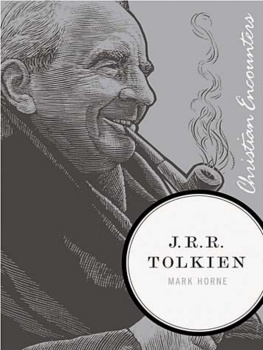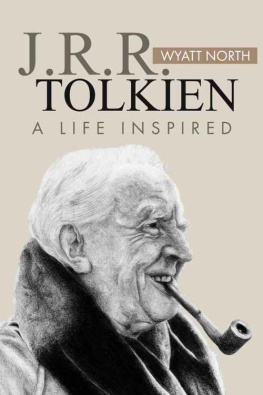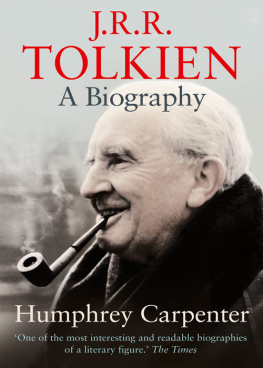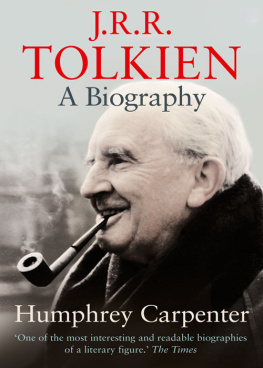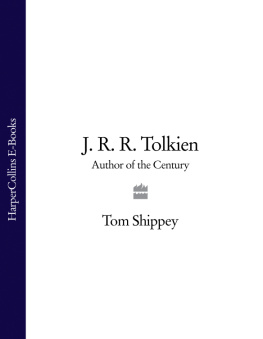ContentsPart One A visit
page 11
Part Two 1892-1916: Early years
1 Bloemfontein 17
2 Birmingham 25
3 Private-lang. - and Edith
4 T.C., B.S., etc.*
5 Oxford
6 Reunion
7 War 80
8 The breaking of the fellowship 88
Part Three 1917-1925: The making of a mythology
1 Lost Tales
2 Oxford interlude
3 Northern venture
Part Four 1925-1949(0: In a hole in the ground there lived a hobbit 117
1 Oxford life
2 Photographs observed
3 He had been inside language*
4 Jack 147
5 Northmoor Road
6 The storyteller
Part Five 1925-1949(ii): The Third Age
1 Enter Mr Baggins
2 The new Hobbit
Part Six 1949-1966: Success
1 Slamming the gates 211
2 A big risk
3 Cash or kudos
Part Seven 1959-1973: Last years
1 Headington 237
2 Bournemouth
3 Merton Street
Part Eight The Tree
Appendix A Simplified genealogical table 262
B Chronology of events 263 C The published writings of J. R. R. Tolkien 266 D Sources and acknowledgements 276
Index
Illustrations
between pages 144 and 145
Family group, Bloemfontein, November 1892.
Sarehole Mill.
Ronald and Hilary Tolkien in May 1905.
Father Francis Morgan (courtesy of the Birmingham Oratory).
Edith Bratt in 1906, aged seventeen.
Ronald Tolkien in 1911, aged nineteen.
7 and 8 Edith and Ronald Tolkien in 1916.
Family group in the garden at Northmoor Road circa 1936.
10 A page from the manuscript of The Lord of the Rings (by permission ofMarquette University, Milwaukee). 11 In the study at Merton Street, 1972 (photos: Billett Potter).
12 The last photograph of Tolkien, taken next to one of his favourite trees (Pinus Nigra) in the Botanic Garden, Oxford, 9 August 1973 (photo: M. G. R. Tolkien).
Authors note
This book is based upon the letters, diaries, and other papers of the late Professor J. R. R. Tolkien, and upon the reminiscences of his family and friends.
Tolkien himself did not entirely approve of biography. Or rather, he disliked its use as a form of literary criticism. One of my strongest opinions, he once wrote, is that investigation of an authors biography is an entirely vain and false approach to his works. Yet he was undoubtedly aware that the remarkable popularity of his fiction made it highly likely that a biography would be written after his death; and indeed he appears to have made some preparation for this himself, for in the last years of his life he annotated a number of old letters and papers with explanatory notes or other comments. He also wrote a few pages of recollections of his childhood. It may thus be hoped that this book would not be entirely foreign to his wishes. In writing it I have tried to tell the story of Tolkiens life without attempting any critical judgements of his works of fiction. This is partly in deference to his own views, but in any case it seems to me that the first published biography of a writer is not necessarily the best place to make literary judgements, which will after all reflect the character of the critic just as much as that of his subject I have however tried to delineate some of the literary and other influences that came to bear on Tolkiens imagination, in the hope that this may shed some light on his books,
H.C.
Oxford, 1976
A Visit
It is mid-morning on a spring day in 1967. I have driven from the centre of Oxford, over Magdalen Bridge, along the London road, and up a hill into the respectable but dull suburb of Heading ton. Near a large private school for girls I turn left into Sandfield Road, a residential street of two-storey brick houses, each with its tidy front garden.
Number seventy-six is a long way down the road. The house is painted white and is partially screened by a tall fence, a hedge, and overhanging trees. I park the car, open the arched gate, go up the short path between rose bushes, and ring the front door bell.
For a long time, there is silence, except for the rumble of distant traffic in the main road. I am beginning to think of ringing again or of turning away when the door is opened by Professor Tolkien. He is slightly smaller than I expected. Tallness is a quality of which he makes much in his books, so it is a little suprising to see that he himself is slightly less than the average height - not much, but just enough to be noticeable. I introduce myself, and (since (I made this appointment in advance and am expected) the quizzical and somewhat defensive look that first met me is replaced by a smile. A hand is offered and my own is firmly grasped.
Behind him I can see the entrance-hall, which is small and tidy and contains nothing that one would not expect in the house of a middle-class elderly couple. W.H. Auden, in an injudicious remark quoted in the newspapers, has called the house hideous,but that is nonsense. It is simply ordinary and suburban. Mrs. Tolkien appears for a moment, to greet me. She is smaller than her husband, a neat old lady wwith white hair bound close to her head, and dark eyebrows. Pleasantries are exchanged, and then the Professor comes out of the front door and takes me into his office at the side of the house. This proves to be the garage, long abandoned by any car - he explains that he has not had a car since the beginning of the Second World War - and, since his retirement, made habitable and given over to the housing of books and papers formerly kept in his college room. The shelves are crammed with dictionaries, works on etymology and philology, and editions of texts in many languages, predominant among which are Old and Middle English and Old Norse; but there is also a section devoted to translations of The Lord of the Rings into Polish, Dutch, Danish, Swedish, and Japanese; and the map of his invented Middle-earth is pinned to the window-ledge. On the floor is a very old portmanteau full of letters, and on the desk are ink-bottles, nibs and pen-holders, and two typewriters. The room smells of books and tobacco smoke. It is not very comfortable, and the Professor apologises for receiving me here, but he explains that there is no space in the study-bedroom in the house where he actually does his writing. He says that in any case this is all temporary: soon he will, he hopes, manage to finish at least the major part of the work promised to his publishers, and then he and Mrs Tolkien will be able to move to more comfortable quarters and congenial surroundings, away from visitors and intrusions. He looks slightly embarrassed after the last remark. I climb past the electric fire and, at his bidding, seat myself in a wheel-back chair, as he takes his pipe from the pocket of his tweed jacket and launches into an explanation of his inability to spare me more than a few minutes. A shiny blue alarm clock ticks noisily across the room as if to emphasise the point. He says that he has to clear up an apparent contradiction in a passage of The Lord of the Rings that has been pointed out in a letter from a reader; the matter requires his urgent consideration as a revised edition of the book is about to go to press. He explains it all in great detail, talking about his book not as a work of fiction but as a chronicle of actual events; he seems to see himself not as an author who has made a slight error that must now be corrected or explained away, but as a historian who must cast light on an obscurity in a historical document.
Disconcertingly, he seems to think that I know the book as well as he does. I have read it many times, but he is talking about details that mean little or nothing to me. I begin to fear that he will throw some penetrating question at me that will reveal my ignorance and indeed now he does ask me a question, but fortunately it is rhetorical and clearly requires no more than the answer yes.
Next page 
